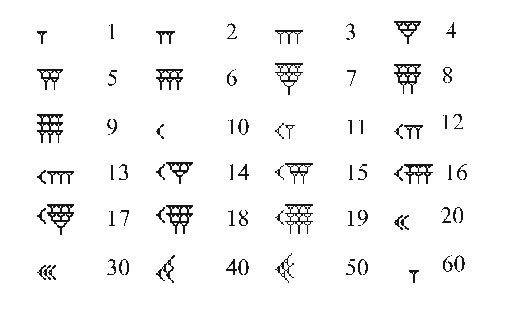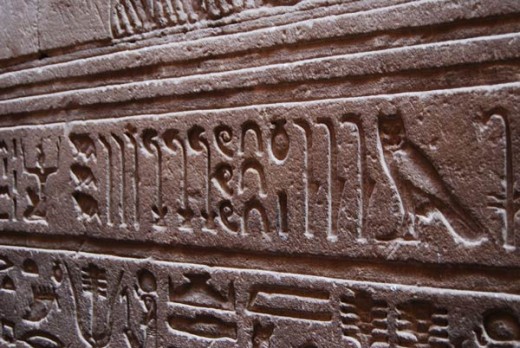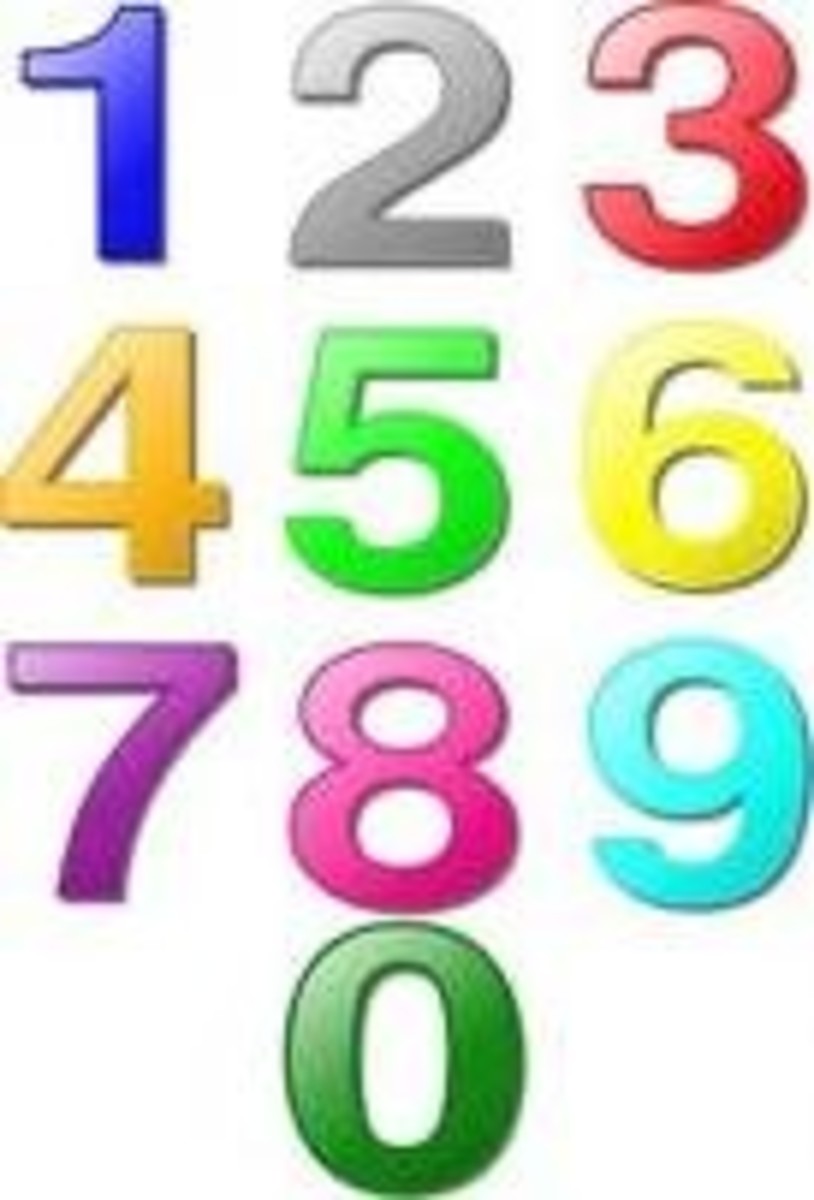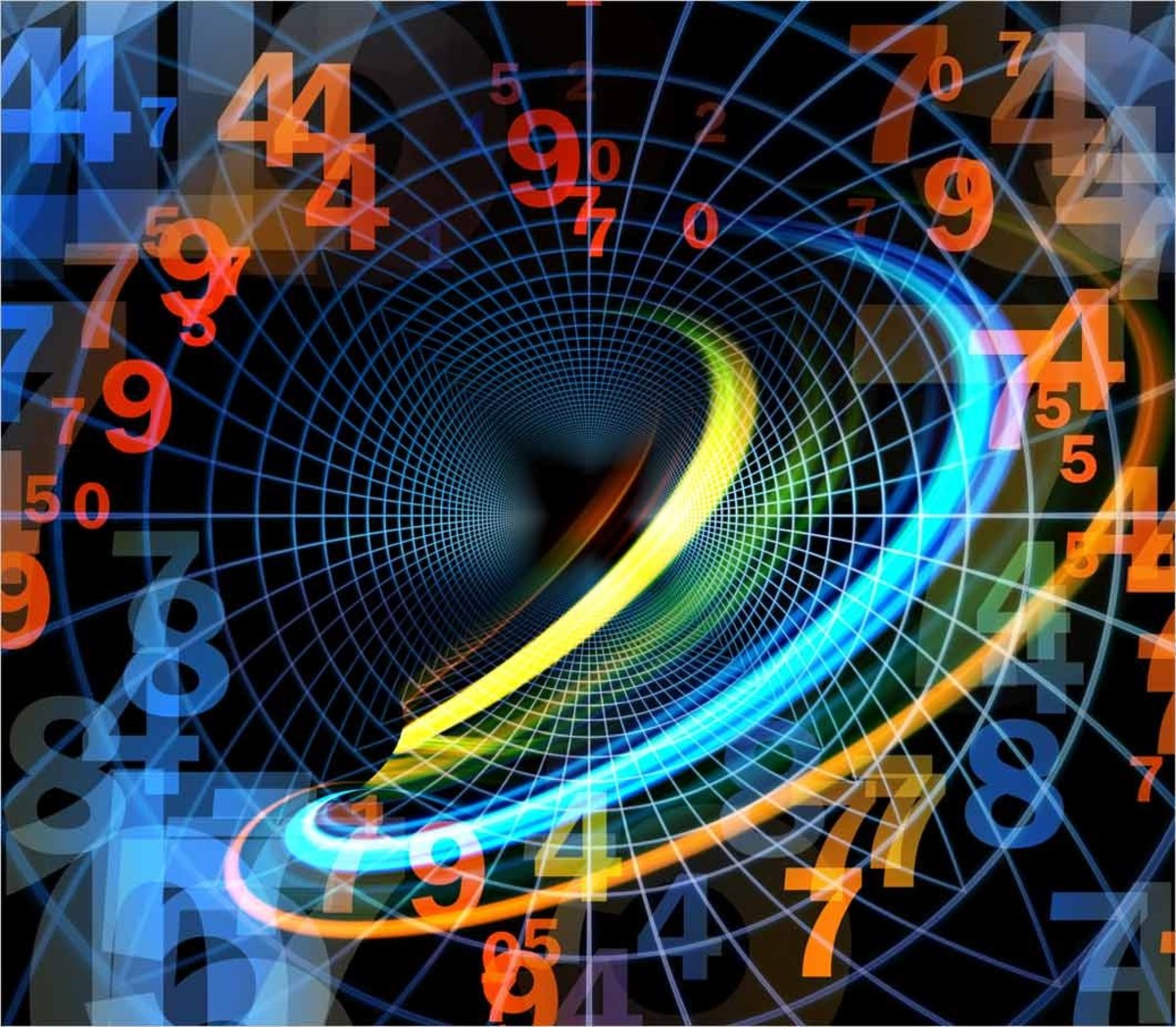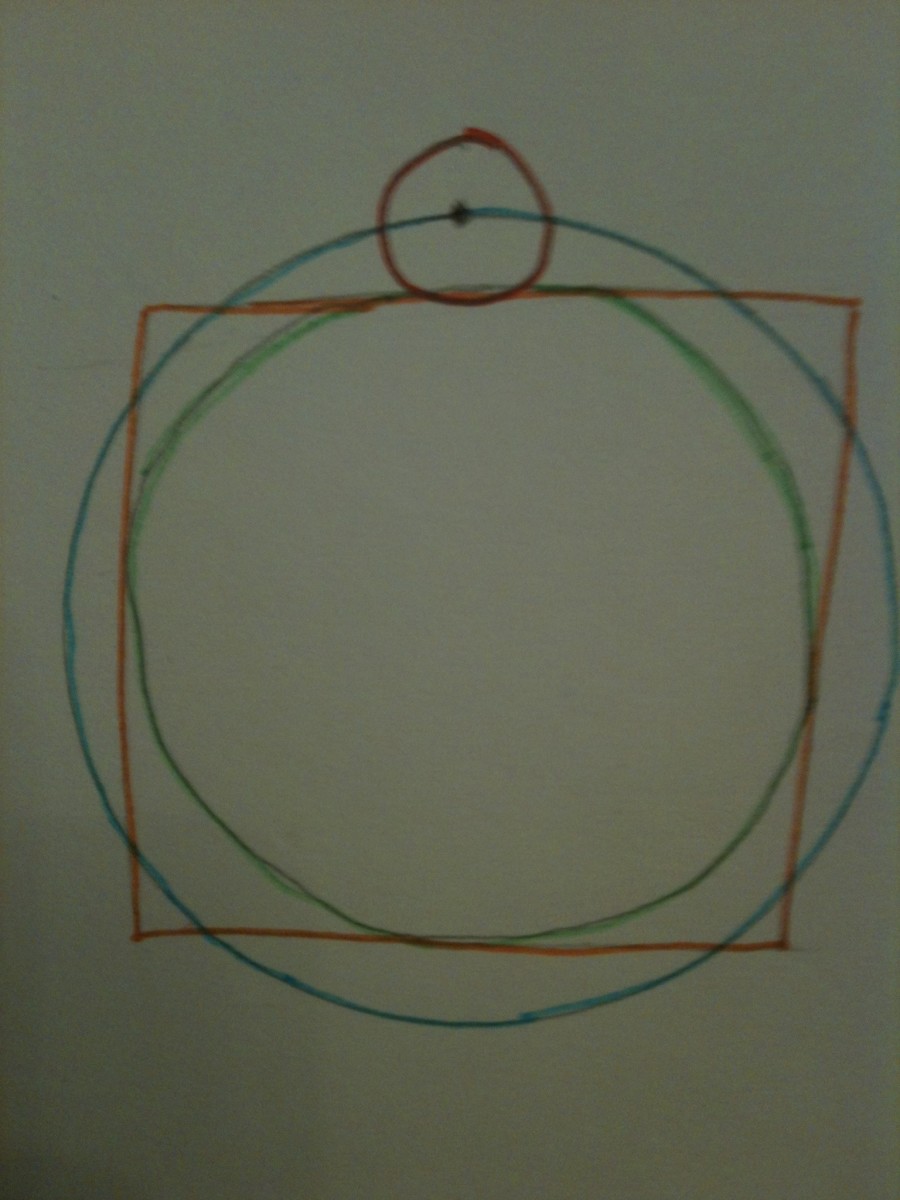Egyptian Numerology
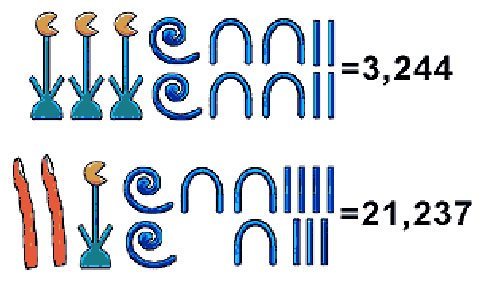
But despite this great development in numerical writing, it was hardly used in the daily life of the Egyptians. This is because most of the administrative texts were written in papyrus or ostraca instead of carved in stone, and the vast majority of texts that used the Egyptian numeral system used hieratic notation.
Egyptian numeration
For the hieratic notation a different numerical system was used, in which signs were used for the numbers from 1 to 9, repeating itself according to the tens, hundreds and thousands.
The orientation for their writing was indistinct: they could be written from left to right, upside down or top to bottom, modifying the orientation of the figures according to the case. Many times this numerical arrangement varied to achieve greater aesthetic harmony, and they were often accompanied by hieroglyphs corresponding to the type of object whose number they indicated.
And although one can think, at present, that it is a rather confusing system (I would say that the expression difficult to understand is better), the truth is that hieratic notation was something that was used in everyday life. As most of the administrative and accounting texts were written in papyrus or ostraca instead of being engraved in hard stone (something that was done with the hieroglyphic texts). We can say then that the vast majority of texts that used the Egyptian numeral system used hieratic notation. Throughout history we have been able to find samples of numerals written in hieratic from the archaic period. The papyri of Abusir of the Ancient Empire for example, are a particularly important set of texts that use hieratic numerals.
Let's see how they were and what is the point of the Egyptian numbers.
The Egyptian numbers:
Egyptian numerical symbols
According to the ancient Greeks, the Egyptians dominated the advanced mathematics, in fact, they are ascribed the bases of the present. Effectively, the Egyptians used a system of transcription of cardinal and ordinal numbers.
The one of whole numbers was based on a decimal system. For example, the number 1, was written with a simple vertical line, and for 9 they drew nine lines, it does not have any mystery.
The same method was used for the symbols of 10, which was therefore written three times to refer to thirty and so on for the cases of 100, 1,000, 10,000 and 100,000.
Apparently, and from what was seen in hieroglyphics, the names of the numbers were: ua (1), senu (2), jemet (3), fedu (4), diu (5), seresu (6), sejef (7), jemenu (8), pesedyu (9), medyu (10), dyebati (20), maba (30), jem (40), diiu (50), seresiu (60), sefejiu (70), jemeniu (80), pesedyiu (90), shet (100), ja (1,000), dyeba (10,000), jefen (100,000) and jej (1,000,000).
On the other hand these names were almost never written and to write the dates ordinals were very used: tepi was the "first", from two to nine the ending "nu" was added to the cardinal, thus, the third was "jemetnu" ( jemet + nu). From ten he would put "mej" in front, so that mej-13 was something like thirteenth.
These signs were used until the incorporation of Egypt to the Roman Empire and its use was reserved for monumental inscriptions, granting a respite to the scribes who began to use hieratic and demotic writing, simpler and more comfortable methods.
Convert from Egyptians to decimals and decimals to Egyptians
Egypt
Converting the numbers of our decimal system to the system they used in Ancient Egypt and vice versa is not complicated at all. You just have to master the mechanics that, on the other hand, is very simple and know which symbol corresponds to each number.
For example, let's try with the number 233. It is a very simple number that will be very easy to convert. The first thing to do is separate the number according to the Egyptian numbering system. In this way we would be:
100 + 100
10 + 10 + 10
1 + 1 + 1
This "separation" of the number should be done because in the Egyptian system, as you have seen, there are no 3 or 7, as such, but only represented 1, 10, 100, 1,000 To reach numbers like 7 , 60 or 800 you just have to repeat the appropriate symbol the corresponding number of times.
That is to say, you should substitute 2 times the symbol of 100, 3 times the symbol of 10 and another 3 times the symbol of one to form the number 233 in Egyptian numeration. We put the table with the figures and their equivalences to make it easier for you. Surely now you know how to convert the number yourself.
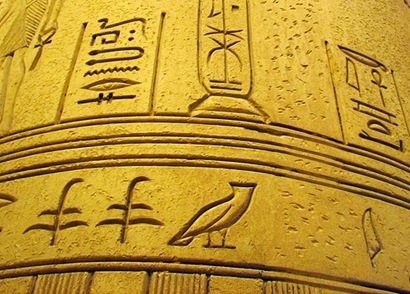
This "separation" of the number should be done because in the Egyptian system, as you have seen, there are no 3 or 7, as such, but only represented 1, 10, 100, 1,000 To reach numbers like 7 , 60 or 800 you just have to repeat the appropriate symbol the corresponding number of times.
That is to say, you should substitute 2 times the symbol of 100, 3 times the symbol of 10 and another 3 times the symbol of one to form the number 233 in Egyptian numeration. We put the table with the figures and their equivalences to make it easier for you. Surely now you know how to convert the number yourself.
Egyptian numeration
To convert larger values, you simply have to follow the same simple procedure. The only negative point of this system is that for certain figures a large number of symbols was needed. For example, one could put the number 100,000 with a single symbol, however to represent a smaller number, such as 6,897 would be needed up to 30 symbols (6 for the units of thousand, 8 for the hundreds, 9 for the tens and 7 for the units).
Other contributions of the Egyptians to mathematics
The Egyptians can be considered as one of the great technological peoples of antiquity. His mastery of mathematics and its practical application in other areas even today is a source of fascination.
Apart from great contributions for the such as the decimal system discussed in this article, they were able to apply mathematics, for example to the construction of pyramids, whose size, number of blocks and orientation is still a marvel of engineering and mathematical accuracy. The Egyptians could calculate areas and surfaces, volumes and perfectly mastered the measurements. They were also one of the founding fathers of algebra.
Many of these mathematical advances helped them, surely, to make many other discoveries that are attributed to the Egyptian people. It is known that they were great connoisseurs of the universe and that they were even able to calculate the dimensions of the Earth.
As we can see, the decimal numbering system was just one of the advances of the mighty Ancient Egypt in the field of mathematics. However, even today there are still many other secrets that this ancient civilization holds, whatever the discipline may be.
